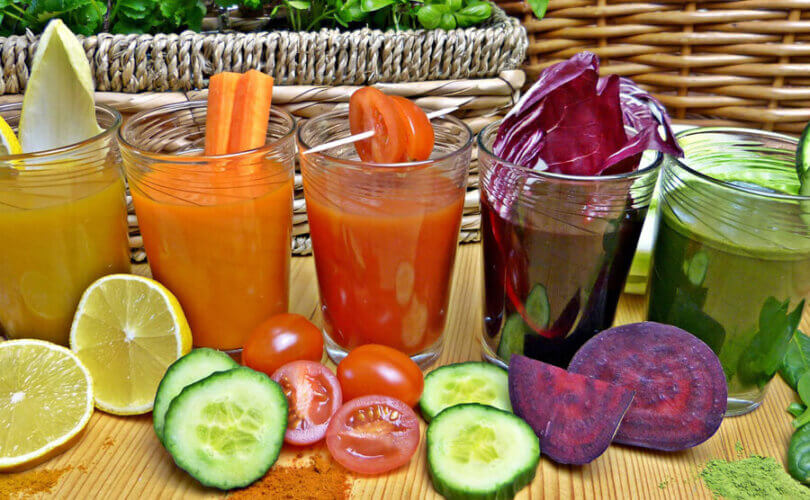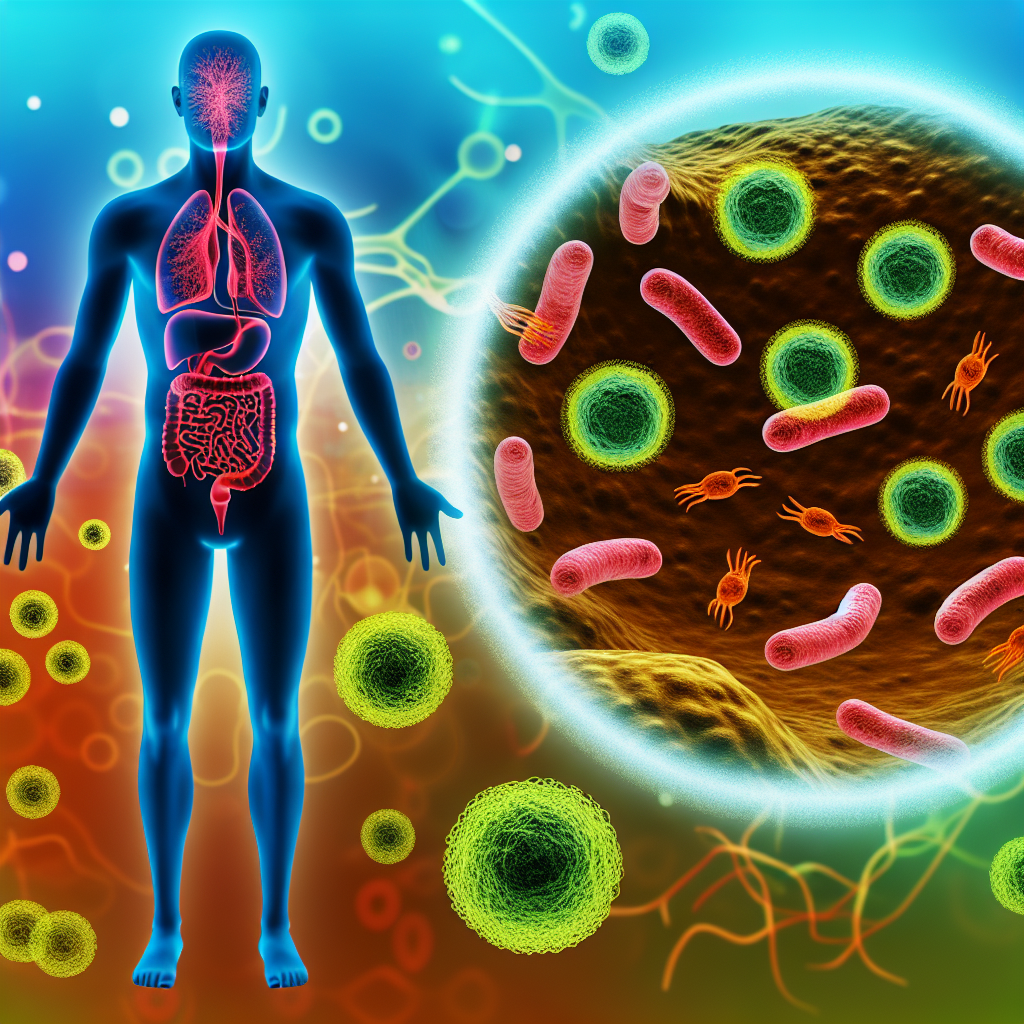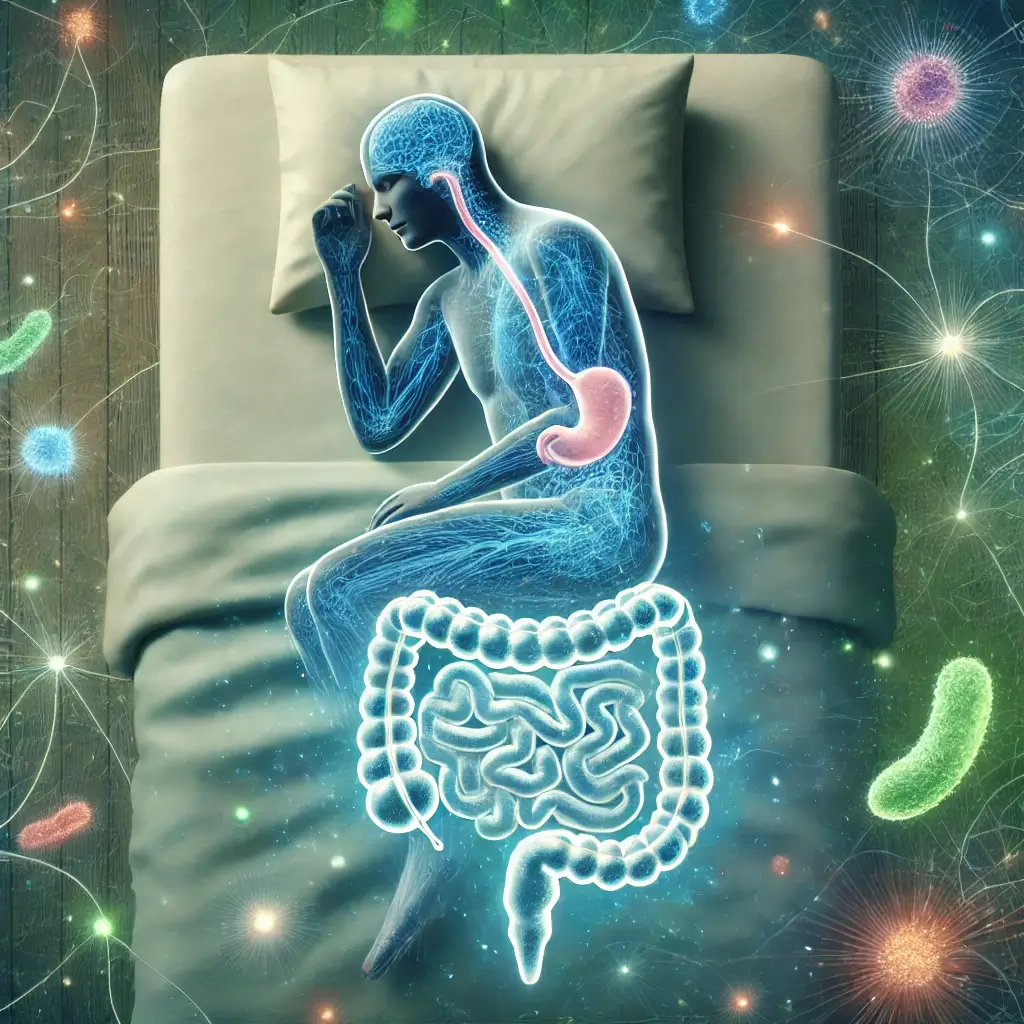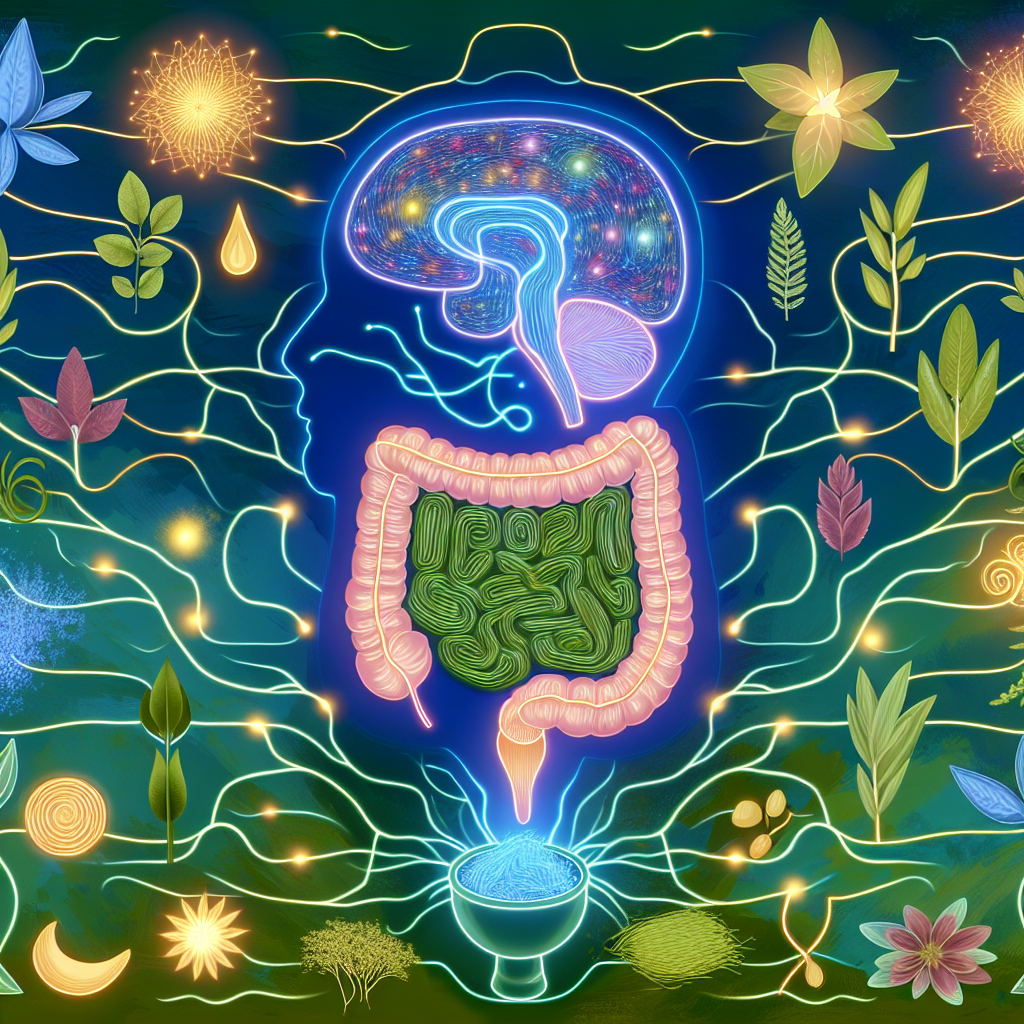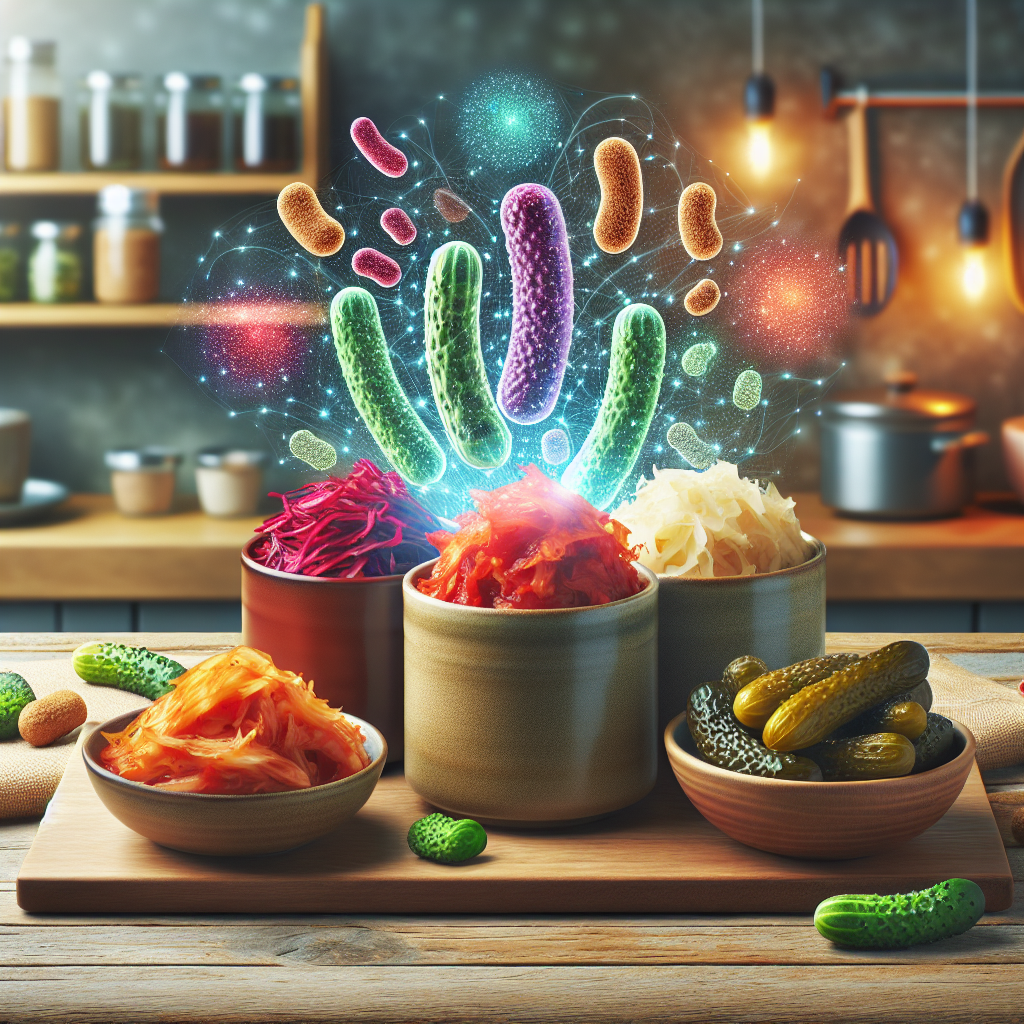If you’re wondering how your digestive system works, keep reading. We’ll discuss its various functions, organs, and acids. You’ll also learn about the nerves and acids that ensure your digestive system runs smoothly. This is a basic overview of the digestive system.
It’s a complex system, but you should be familiar with it. Ultimately, it helps your body to function correctly. To understand what it does, you need to know the parts of your digestive system.
GI tract exit of food, water, and nutrients
Your gastrointestinal system, also called the GI tract, is the primary organ responsible for the entry and exit of food, water, and nutrients. It’s also critical for generating energy, maintaining blood flow, and facilitating neural activity.
Further, the digestive system is one of the most unique immune systems in the body. So let’s learn how the digestive system works in the first person. Knowing how your body digests food is a great way to learn about this amazing organ.
How the digestive system works
The human digestive system is comprised of many different organs. These organs are responsible for breaking down food and liquids into simpler molecules the body can absorb. The nutrients then travel throughout the body, where they are used for energy, growth, and cell repair.
The digestive system organs are listed below, along with their functions. These organs are also provided below. If you’re unfamiliar with the digestive system’s various organs, this article will help you understand their functions.
To understand how the digestive system works, you must first know how it is linked to the central nervous system. The brain and spinal cord send chemical signals to the digestive system, which includes the esophagus and stomach.
Esophagus, stomach, liver, pancreas, and gallbladder
The salivary glands, for example, release hormones that tell the brain when to produce digestive juices and when to stop. The digestive system also contains nerves that connect to the central nervous system and release chemicals that help move food particles through the GI tract.
Your Digestive system breaks down food into small pieces easily absorbed and utilized by the body. The digestive system comprises the esophagus, stomach, liver, pancreas, and gallbladder. It is responsible for breaking down food into its essential chemical components.
Once inside the digestive tract, the nutrients are used by the body to build, repair, and function. The digestive system is split into two particular sections: the small and large intestines. The first two work together to break down food into smaller pieces that are easily absorbed by the body. The small intestine absorbs nutrients and waste products, while the large intestine absorbs water.
Nutrients in the food you eat produce energy
Enzymes are crucial to the digestion process. They help break down large food molecules into smaller particles that can be absorbed into the bloodstream. Digestive enzymes also help break down single food particles. In the end, your body can use the nutrients in the food you eat to produce energy, repair cells, and maintain a healthy weight. The digestive process also helps you eliminate waste. Without enzymes, you may suffer from stomachaches, gas, and diarrhea.
Your digestive system works by moving nutrients through the intestinal villi. The villi are tiny strands of intestines alternating with depressions called crypts. Healthy crypts cover about one-third to one-fifth of the length of the small intestine, which is about 23 feet long.
However, some medications and health problems can damage villi. For example, if you have been diagnosed with celiac disease, you should stop taking Benicar and observe your villi growing back.
During ingestion, food is chewed, and muscular contractions
In the process of digestion, indigestible materials are eliminated as waste. Your digestive system is composed of many parts, each of which plays a unique role.
Your digestive system contains six primary activities: ingestion, mechanical breakdown, absorption, and elimination. During ingestion, food is chewed, and muscular contractions propel it through the alimentary canal. Once inside the body, these activities break down the food into smaller particles and molecules that the body can absorb.

Dominic E. is a passionate filmmaker navigating the exciting intersection of art and science. By day, he delves into the complexities of the human body as a full-time medical writer, meticulously translating intricate medical concepts into accessible and engaging narratives. By night, he explores the boundless realm of cinematic storytelling, crafting narratives that evoke emotion and challenge perspectives.
Film Student and Full-time Medical Writer for ContentVendor.com
